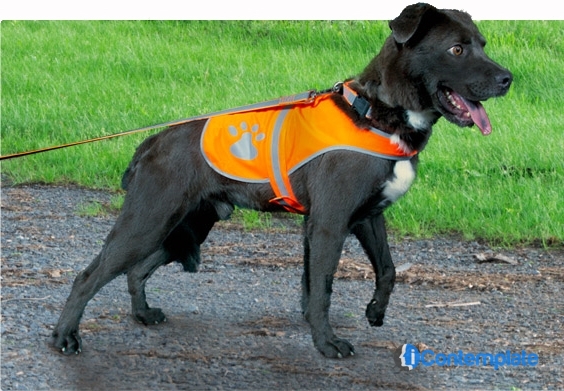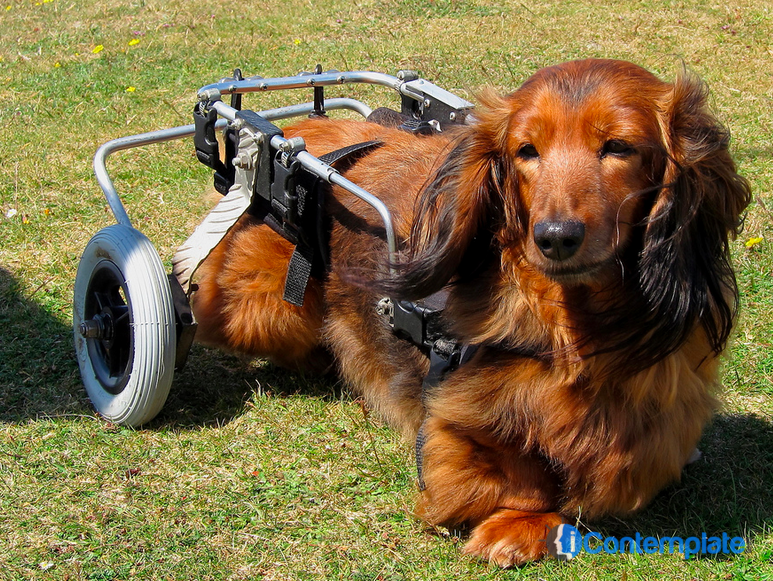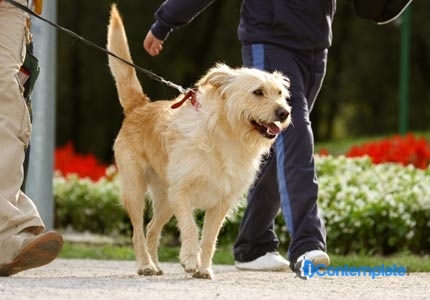According to recent studies, 30 to 40 percent of dogs are overweight, and 25 percent of dogs are obese. For this reason, your dog’s weight is a very important aspect to consider when analyzing your dog’s health.
What problems are associated with obesity in dogs?
Obesity can lead to all kinds of problems for your dog. For example, obesity can cause, joint and skeletal problems, diabetes, respiratory issues and some cancers. Obese dogs are also at a greater risk for cardiovascular disease. An extra pound or two can have a big impact on your dog’s small frame. Ideal weight varies from breed to breed, so it is important for you know your dog’s ideal weight.
How do you know if your dog is gaining weight?
Obviously, the easiest way to know what your dog weighs is to have him weighed when visiting the veterinarian. However, if you are in between visits and are concerned about your dog’s weight, consider using these tips to determine if your dog is overweight:
- Can you feel your dog’s ribs?
Your dog’s ribs should not be prominent, but you should feel them easily if you apply a small amount of pressure.
- Can you identify a waistline?
This will show up as a more slender area between the hindquarters and ribs.
If you answered yes to the above questions, mostly likely your dog is not overweight.
If your dog is overweight, how can you help your dog to lose weight?
Dogs generally respond to the same weight control methods humans do. For example, proper exercise and controlling caloric intake is very important. Here are some tips if you know your dog is overweight:
- Switch your dog to dry food.
Canned food tends to contain more calories than dry food. For this reason, switching your dog to dry food can reduce his caloric intake.
- Cut back on the amount of food you feed your dog.
Gradually, cut down the amount you feed your dog. Do this by decreasing the amount in small increments until your dog is eating the correct amount.
- Be aware of what your dog is eating.
Keep up with the amount of fiber and fat in your dog’s food. Dog food should be high in fiber and low in fat. There is also special weight-loss formula food available. Never feed your dog table food. It typically will lead to weight gain and contain fat, salt and other unhealthy ingredients.
- Reach the goal slowly.
Your dog’s weight loss needs to be gradual. It is unhealthy for a dog to lose too much weight at a time. Aim for a one to two percent weight loss per week.
- Limit your dog’s treats.
Do not give your dog too many treats. If you are giving your dog a treat to train them, consider using other reward methods until you get his weight under control. There are many low-calorie treats available if you do not want your dog to be without a treat.
Dogs, just like humans, sometimes suffer with weight control. It is up to us as owners to help them live a long, healthy, happy and fulfilled life. In order to accomplish this goal, follow the above tips to keep your dog at his proper weight.
Featured images:
- License: Creative Commons image source
Eric Blair writes about the fact that NuVet is not a scam and other issues that dog owners face when choosing the right supplements for their ‘best friend’.





